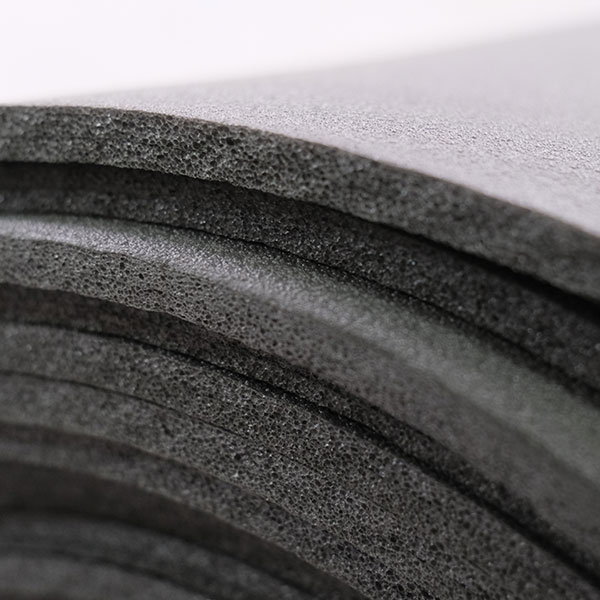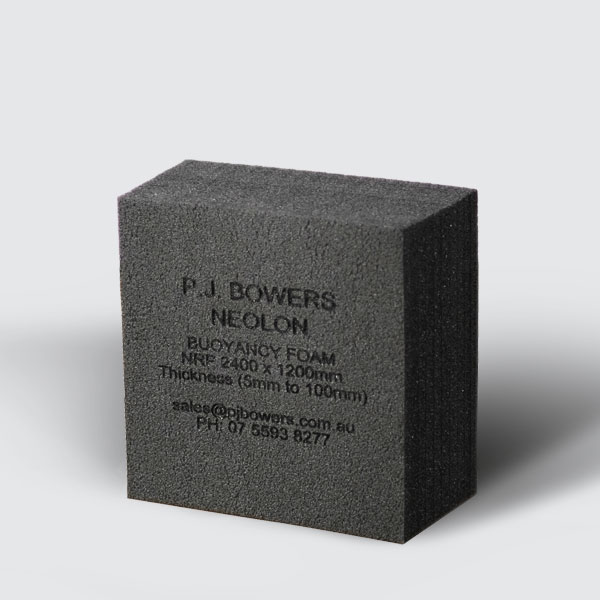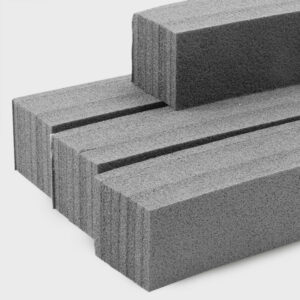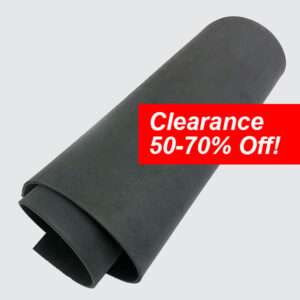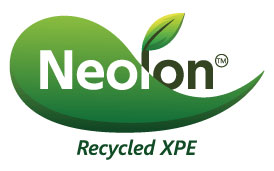
One of our speciality foams, for many applications such as marine, insulation, packaging and construction. With many properties such as flame retardant, fuel resistant and UV resistant.
Certifications:
Fire Retardancy: ASTM 1530.3, BS EN ISO 4589 3:2017
Construction Certification: MRTS77, RTA 3204
Marine Certification: NATA 14722
Sheet sizes are:
2400 x 1200mm (2.4 x 1.2m)
To calculate how many sheets are required:
To cover an area (m2)
To cut many rectangles or squares
To fill a space (m3)
To float a maximum weight above water (Kg)
For Marine Applications:
• Does NOT absorb water.
• It is resistant to cleaners, oils, high-octane petrol, diesel or kerosene
• You can bend it or cut it to fill any space
• Doesn’t wear away from abrasion
• Can be removed at anytime or if the hull needs to be repaired
Learn More
Cleaning Your Foam
Domestic Commercial Vessel Instructions
Density – refers to the mass per unit volume of foam material. Higher density foam is firmer, lower density foam is softer.
StickyBack – a peel-off adhesive tape, for an easy stick-on foam solution.




